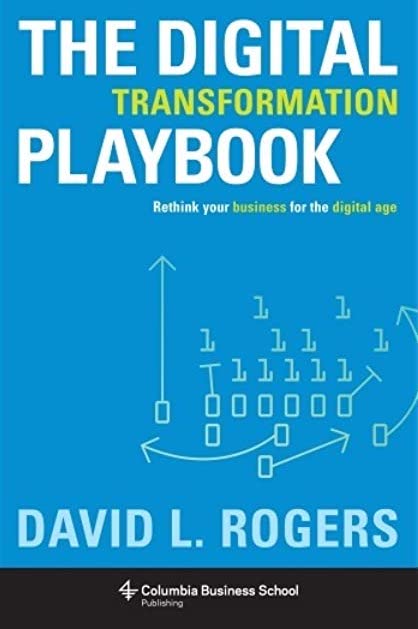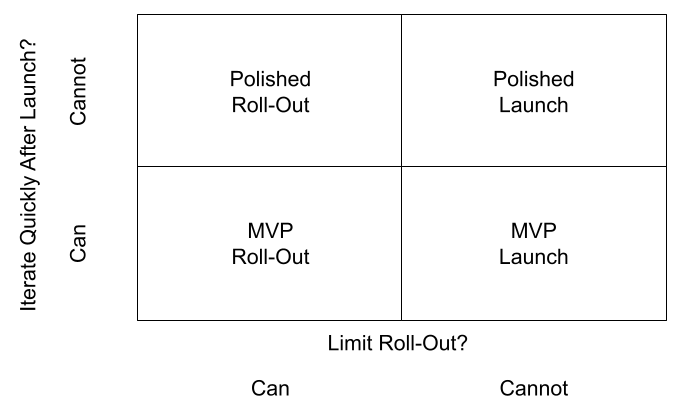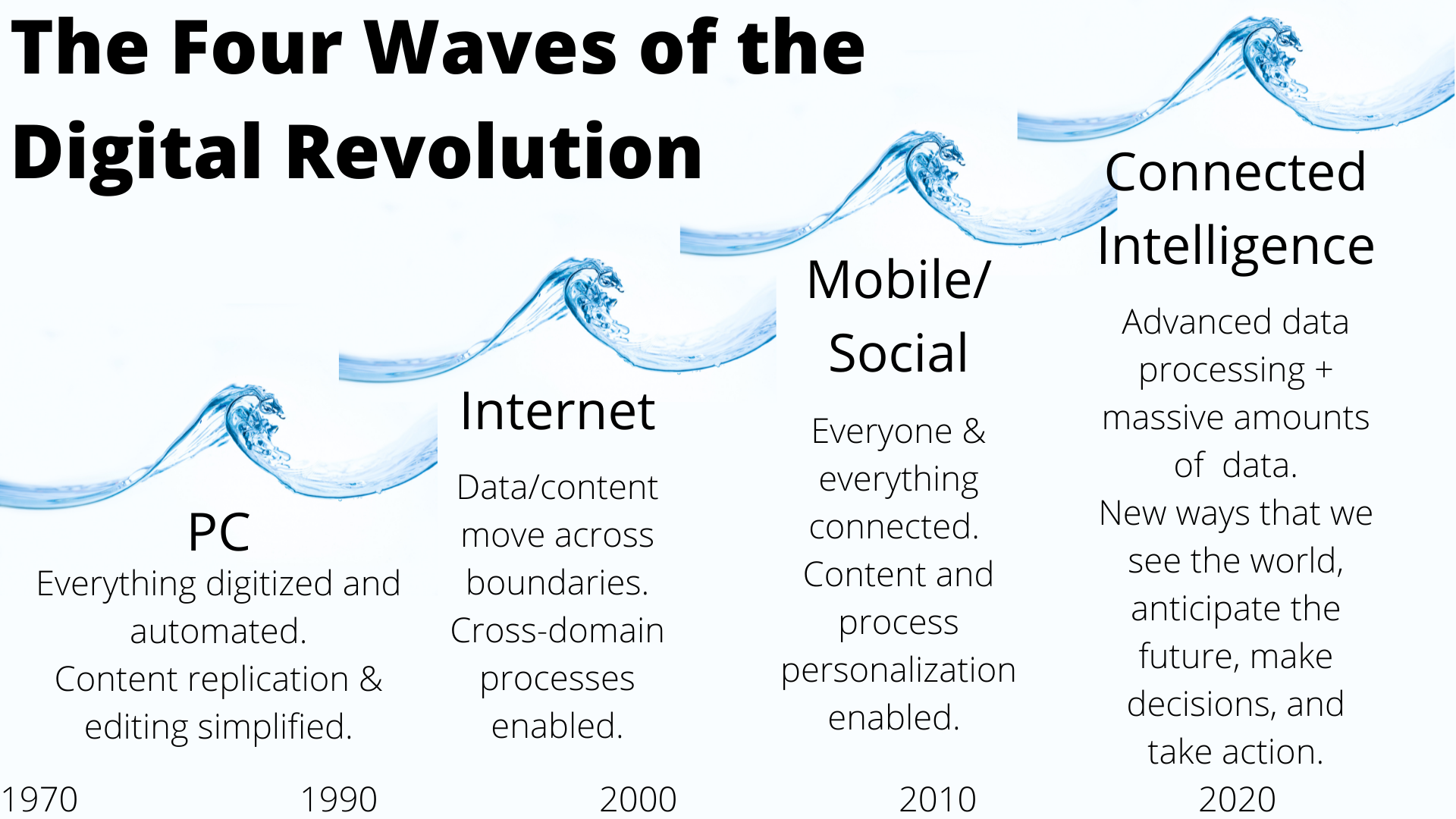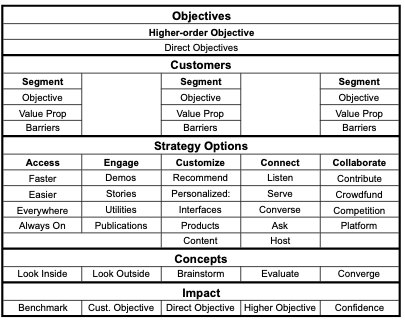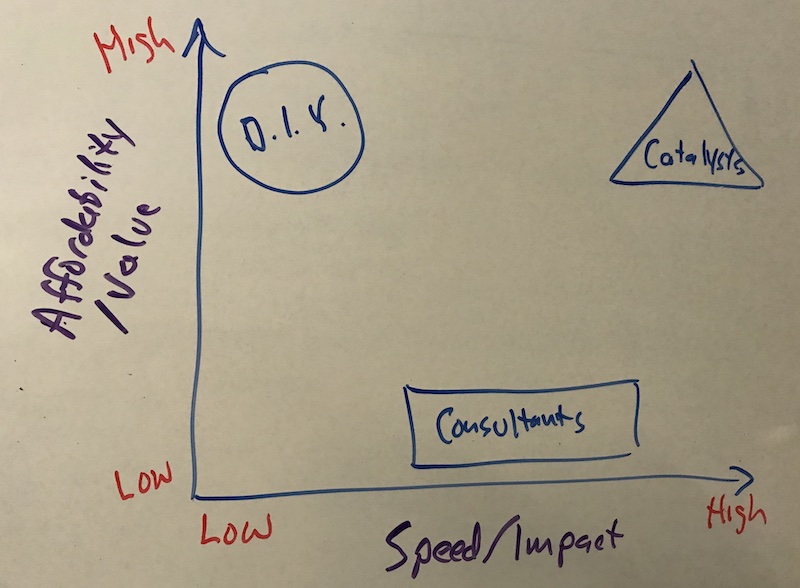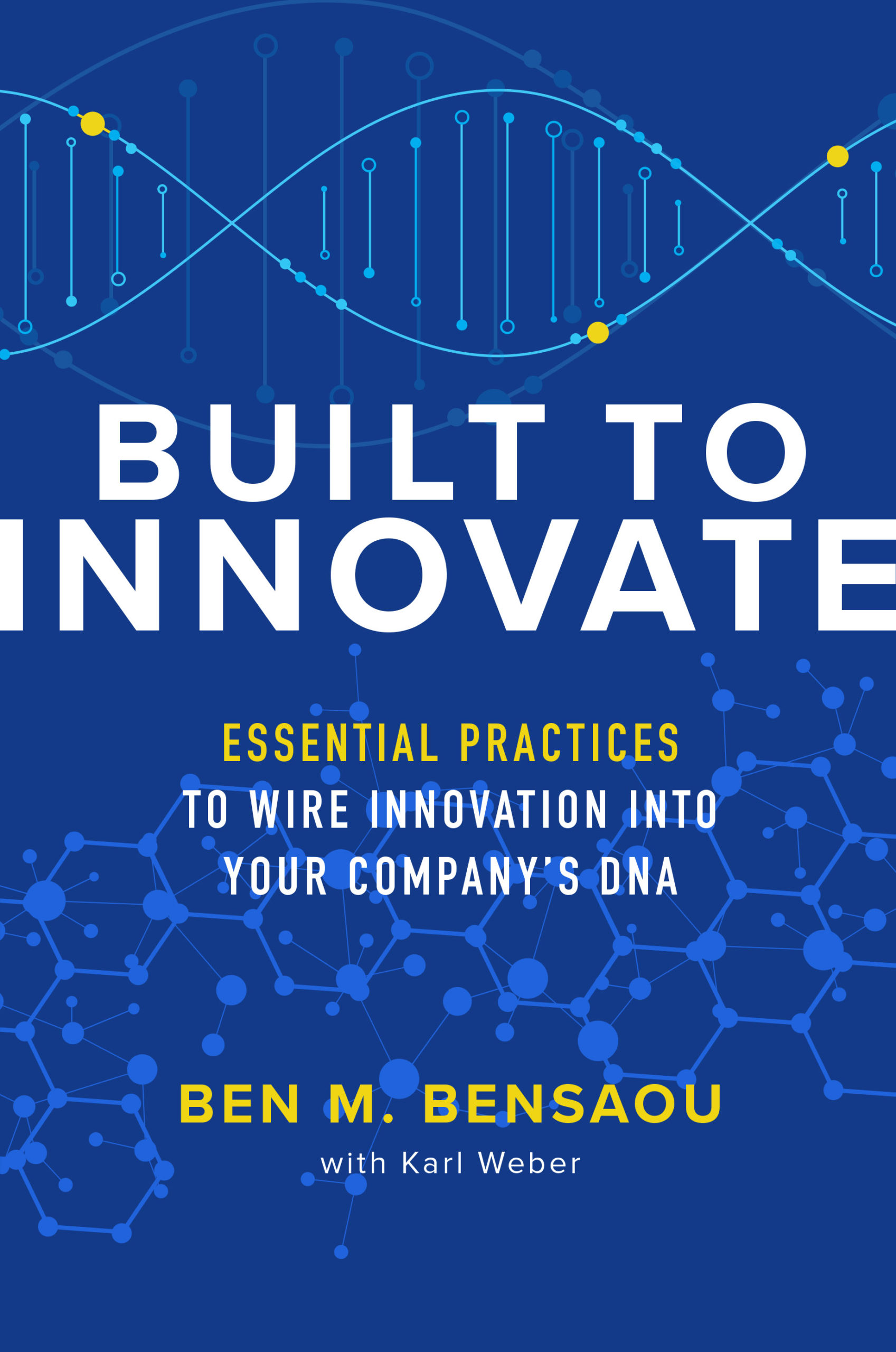Book Brief: The Digital Transformation Playbook
The Digital Transformation Playbook, by David L. Rogers, provides a comprehensive framework for working through the potentially disruptive process of redesigning a company for the new business operating models introduced throughout the digital revolution. As the author explains, digital transformation is not about technology— it is about strategy and new ways of thinking. He specifically calls out five domains of business strategy requiring reevaluation: customers, competition, data, innovation, and value.
The book is structured as seven chapters: one introducing the five domains, one for each of the five domains, and a closing chapter on disruptive business models. Within each chapter, the author introduces at least one tool or framework to provide practical help to readers in changing their strategic perspective on that domain. Throughout he also provides extensive and helpful case studies to demonstrate how the transformations happen in real business situations, and identifies the organizational challenges in achieving transformation.
In my opinion, The Digital Transformation Playbook is an essential primer and reference for anyone involved in business leadership. Each chapter is a goldmine, containing as much helpful information as many standalone books. The case studies, tools, and frameworks make it as easy as possible for leaders to implement the concepts contained within and the author’s website provides additional coaching on how to use the most powerful tools. While not being a quick read (because of the richness of concepts presented), the book is very readable and engaging. I strongly recommend it to any business leader.
Book Brief: The Digital Transformation Playbook Read More »

